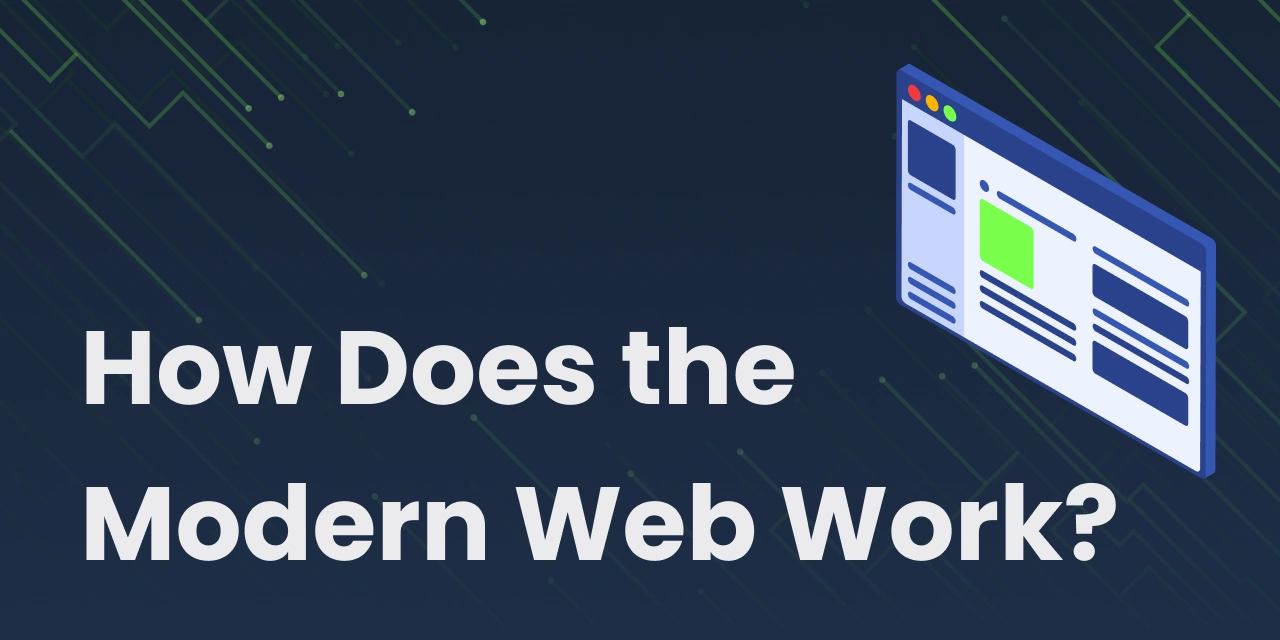How Does the Modern Web Work?

Training Overview
This training provides a comprehensive overview of how modern web technologies work together, starting from the basics of the internet. The course begins with a brief introduction to the history of the World Wide Web (WWW) and the internet, then moves on to discuss the fundamental components of the internet, such as the client-server model. By understanding the workings of this model and the communication mechanisms at the core of the web, critical concepts like the Domain Name System (DNS) and Hypertext Transfer Protocol (HTTP) are detailed. These sections lay the groundwork for understanding how information is exchanged over the internet and how websites become accessible.
As the course transitions to more technical topics, it highlights the differences between frontend (user interface) and backend (server-side) development, elucidating the roles and importance of each in the operation of web applications. Participants will gain insights into how Application Programming Interfaces (APIs) are used, how database servers and web servers are integrated, and how they work together, offering a deep dive into the configuration of modern web applications. The security and performance section examines essential technologies such as Web Application Firewalls (WAF), load balancers, and Content Delivery Networks (CDN), providing information related to cloud architecture. This training is an excellent resource for anyone interested in understanding the technologies, architectures, and security measures behind the modern web.
What You Will Learn
- The roles of clients and servers in the client-server model.
- How the Domain Name System (DNS) translates names to IP addresses.
- The fundamentals of the Hypertext Transfer Protocol (HTTP).
- The distinction between Frontend, Backend, APIs, and Databases.
- The function of security and performance components like WAFs and CDNs.
Who is this for?
- Anyone new to web development or cybersecurity.
- Project managers and technical recruiters.
- Students needing a foundational understanding of the web.
Prerequisites
- Basic computer literacy.
- An interest in how the internet functions.
Tools You Will Use
- Web Browser Developer Tools
- ping and traceroute command-line tools
Training Sections
- Introduction
- Client-Server Model
- Domain Name System (DNS)
- Hypertext Transfer Protocol (HTTP)
- Frontend ve Backend
- Application Programming Interface (API)
- Database Server
- Web Server
- Security and Performance
- Cloud Architecture
- Exam

